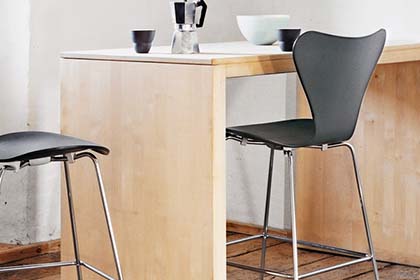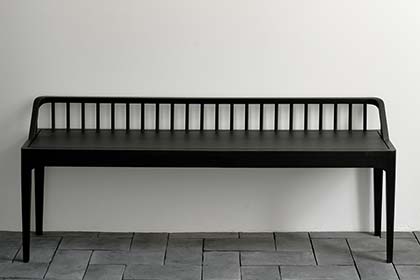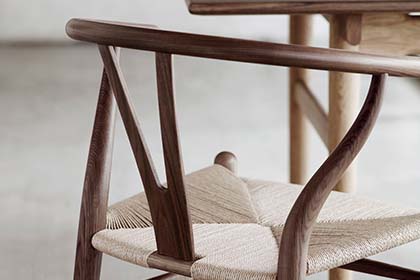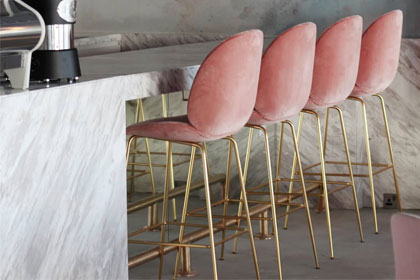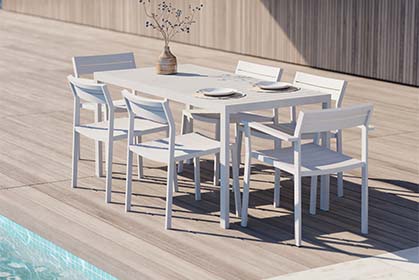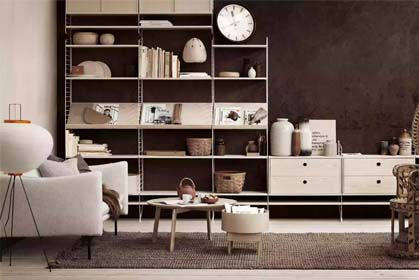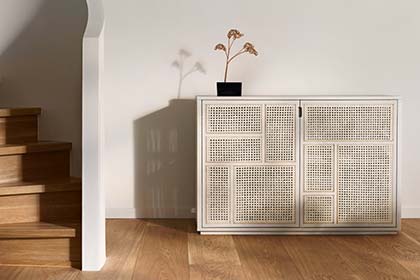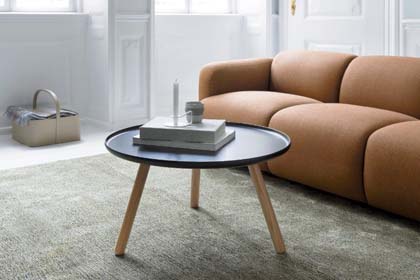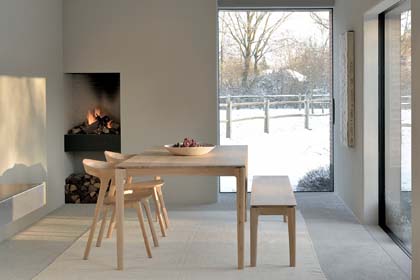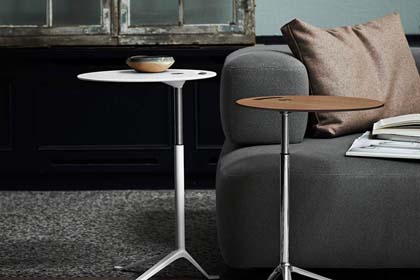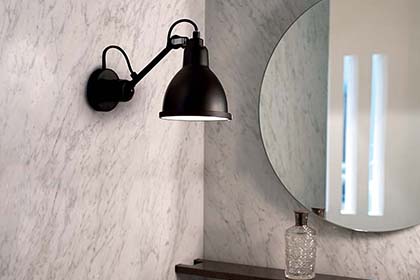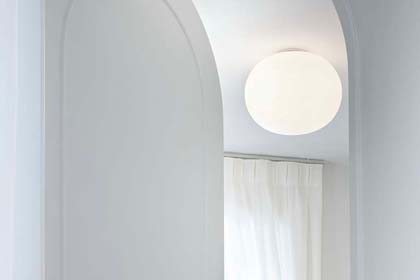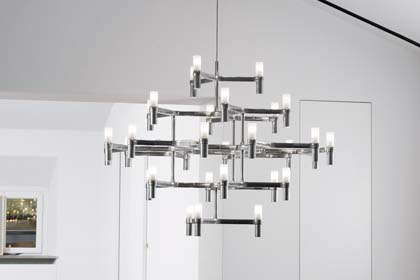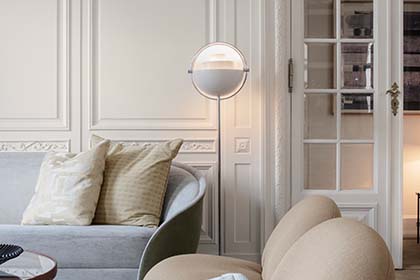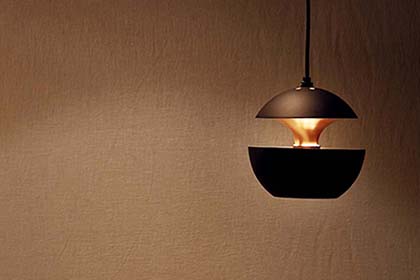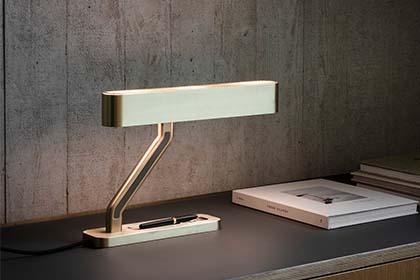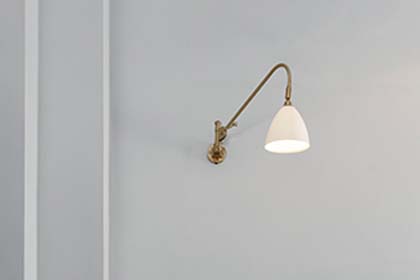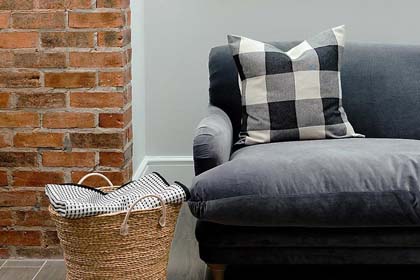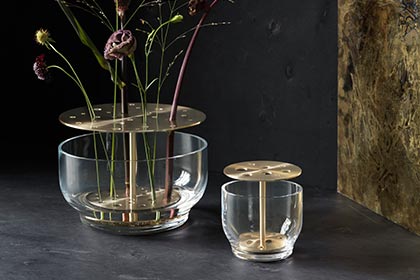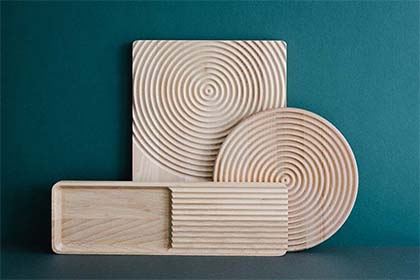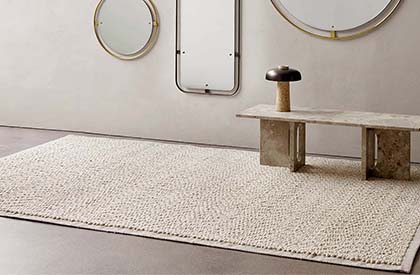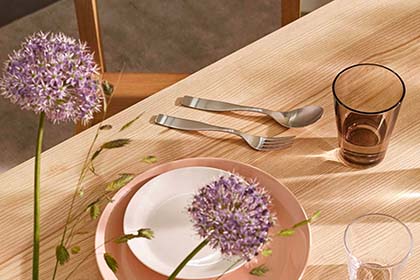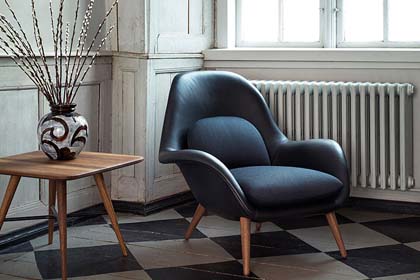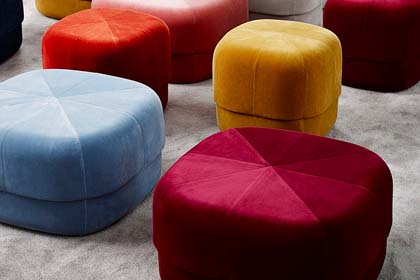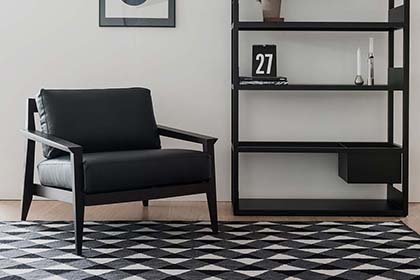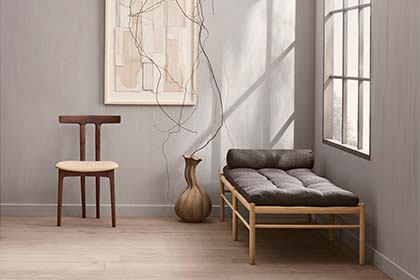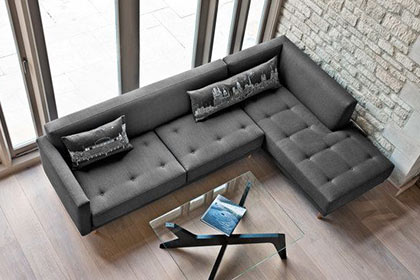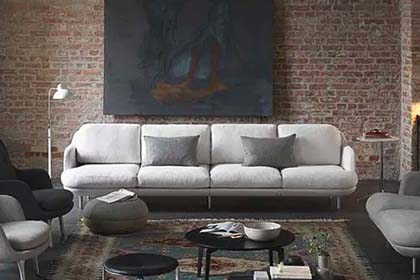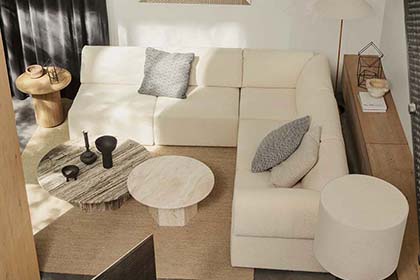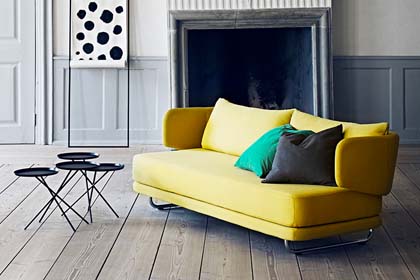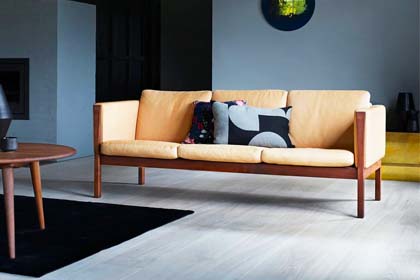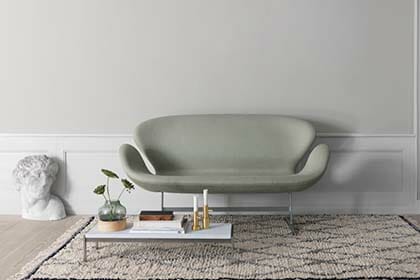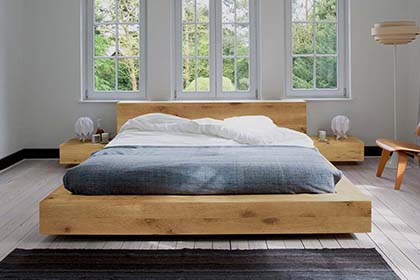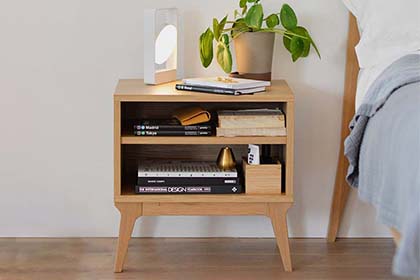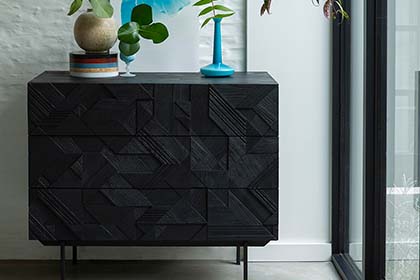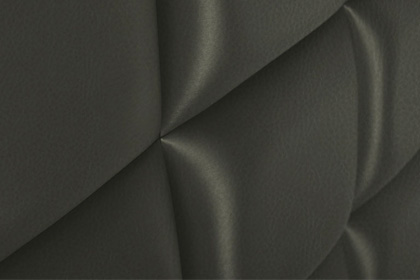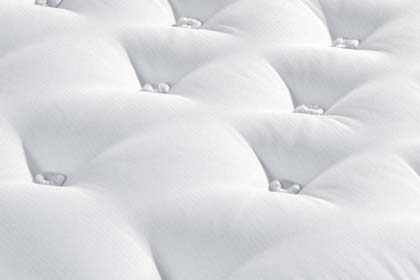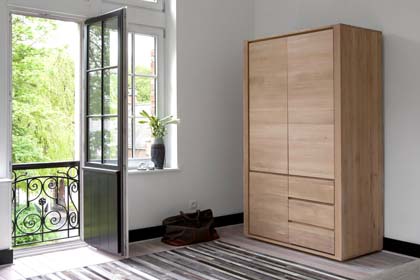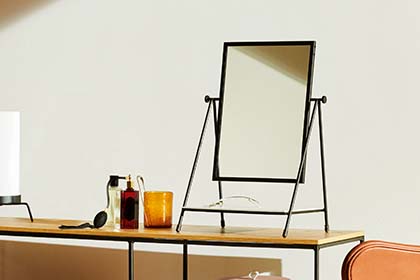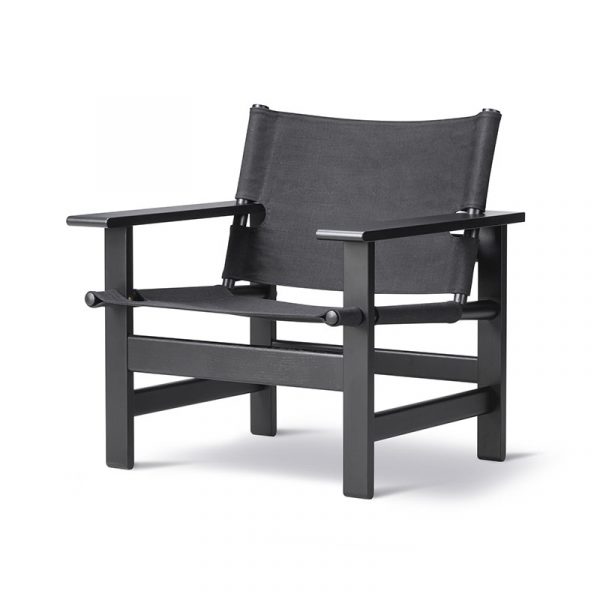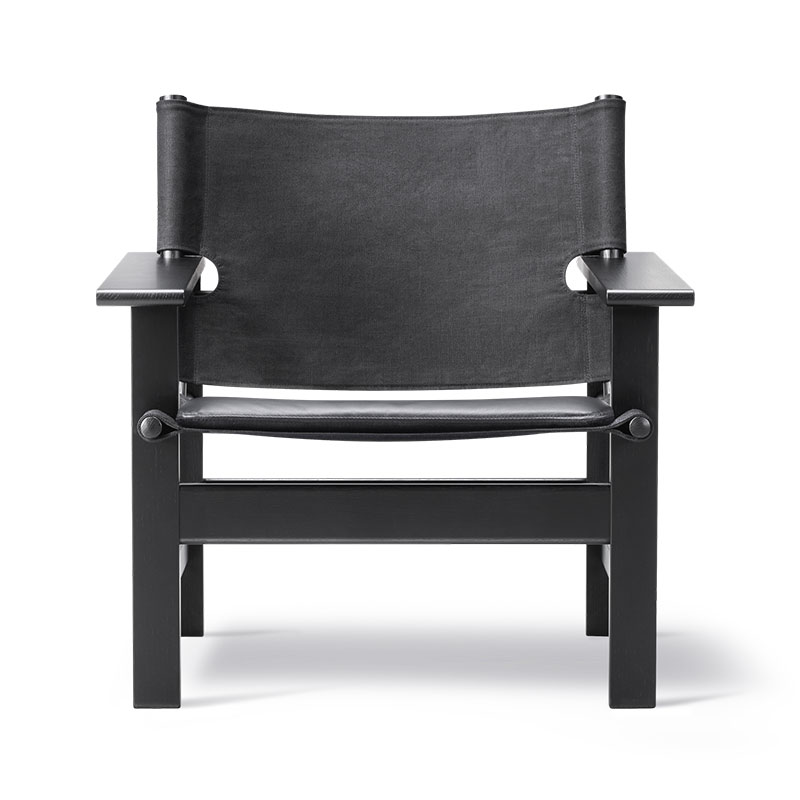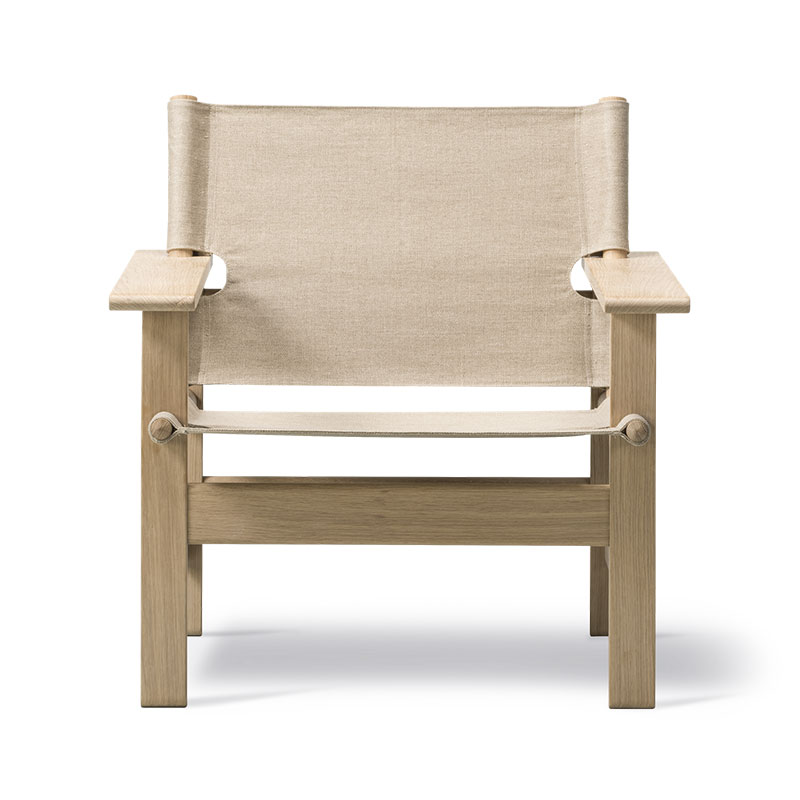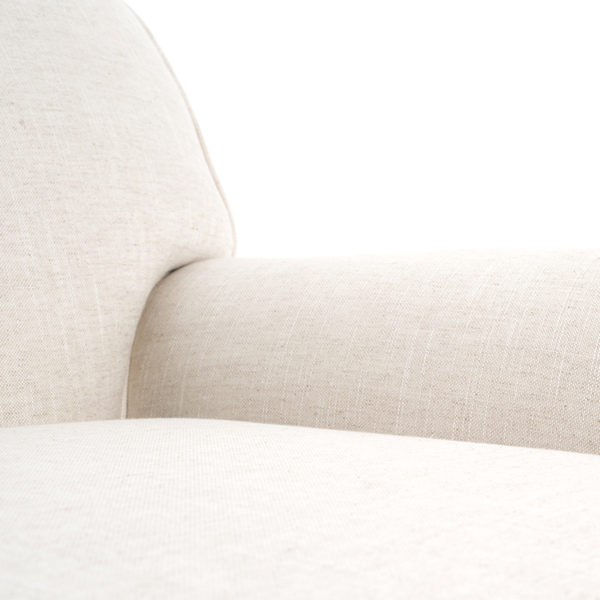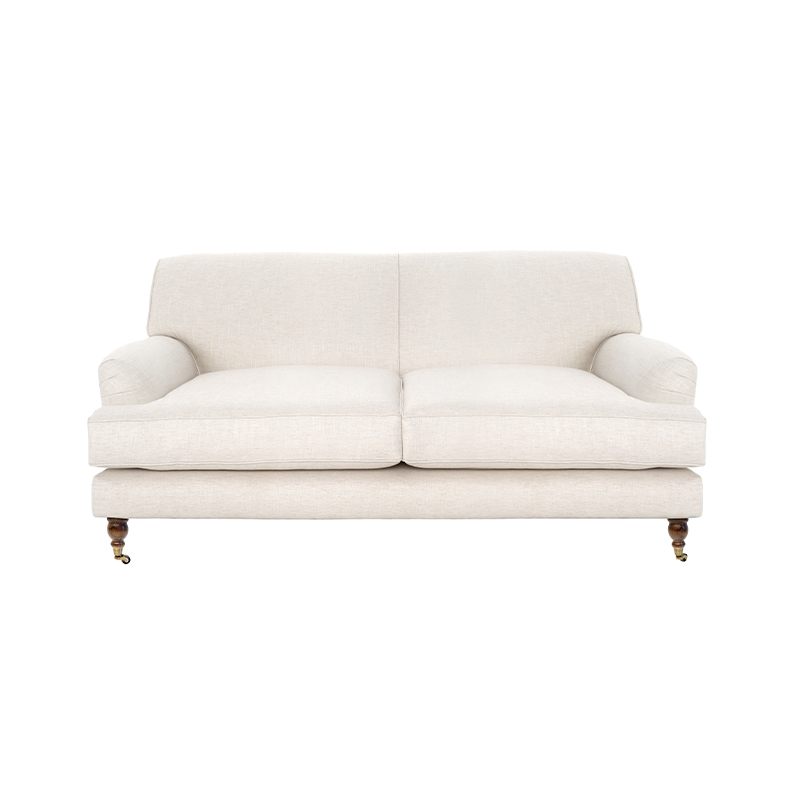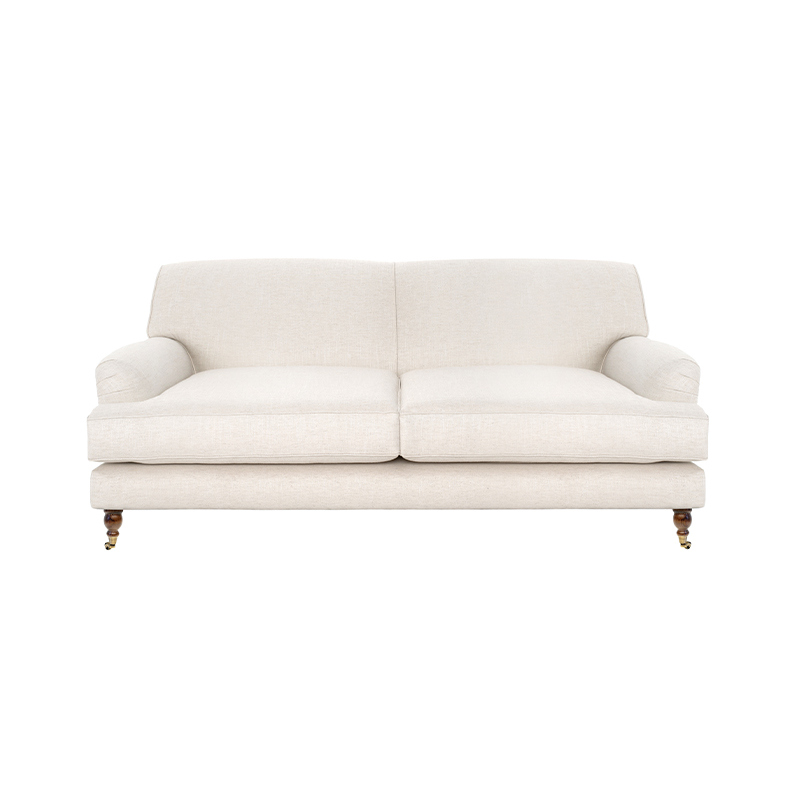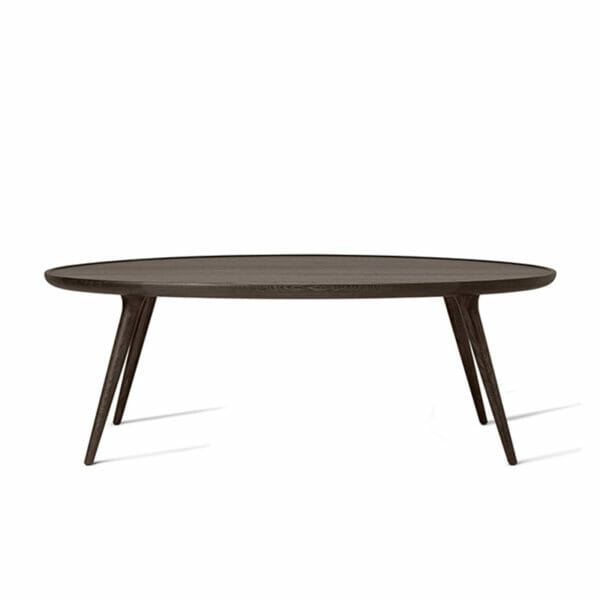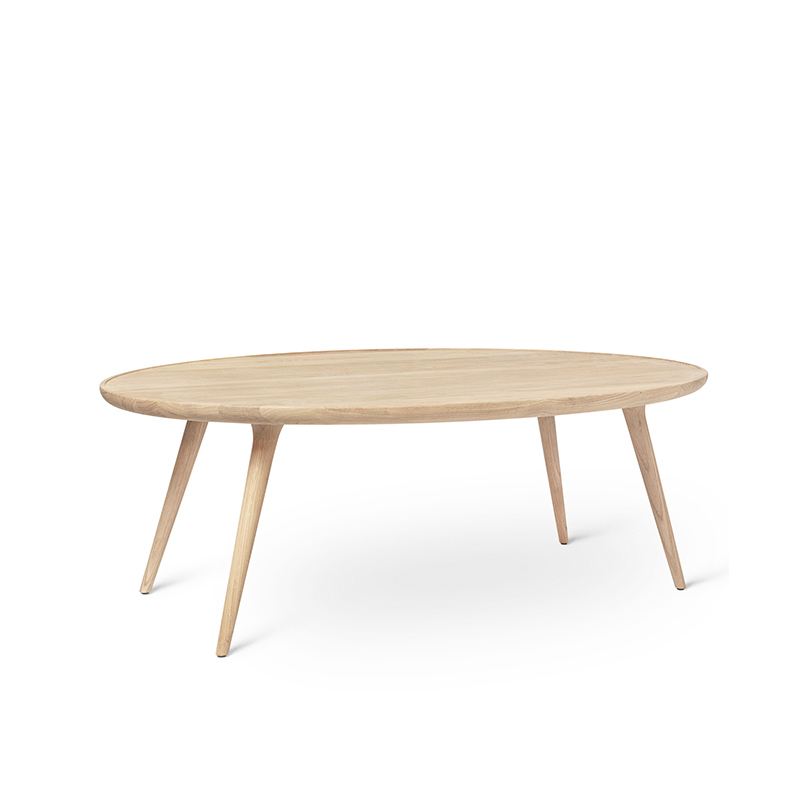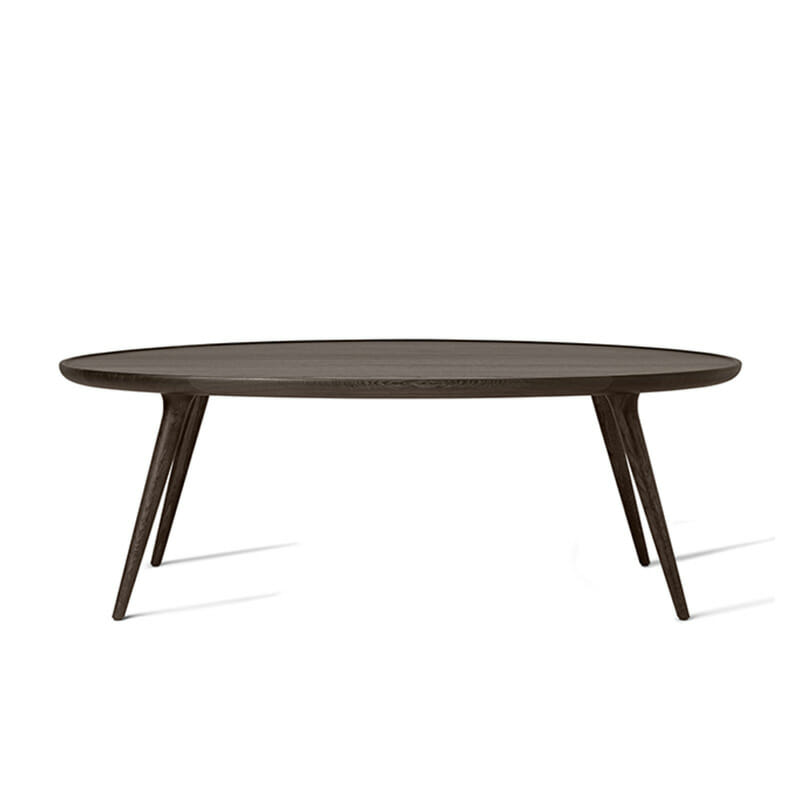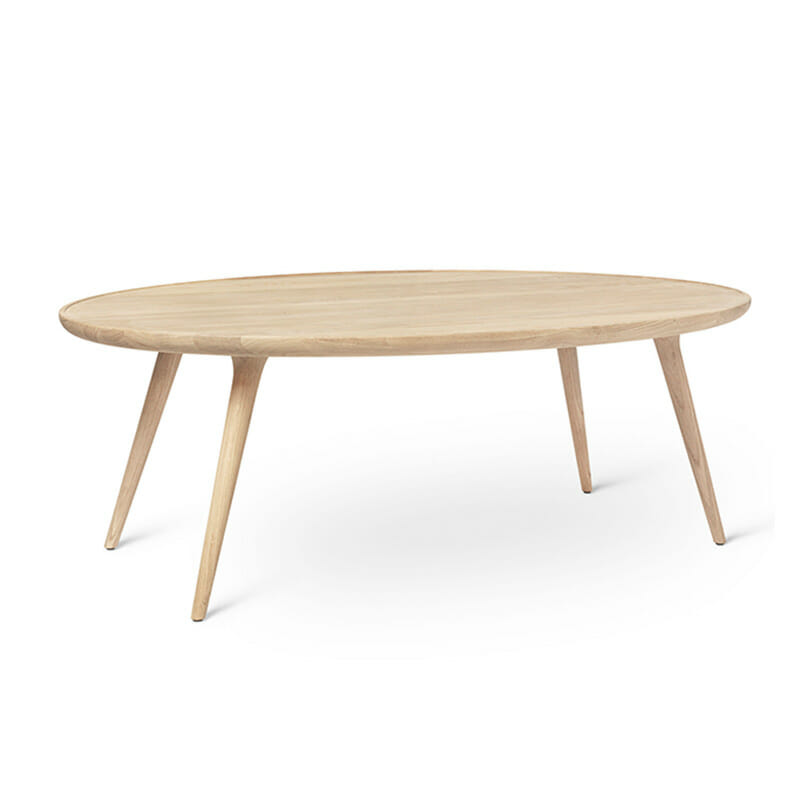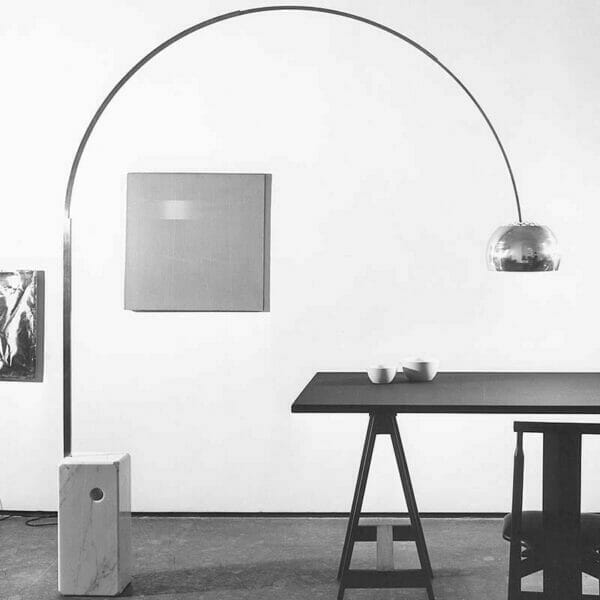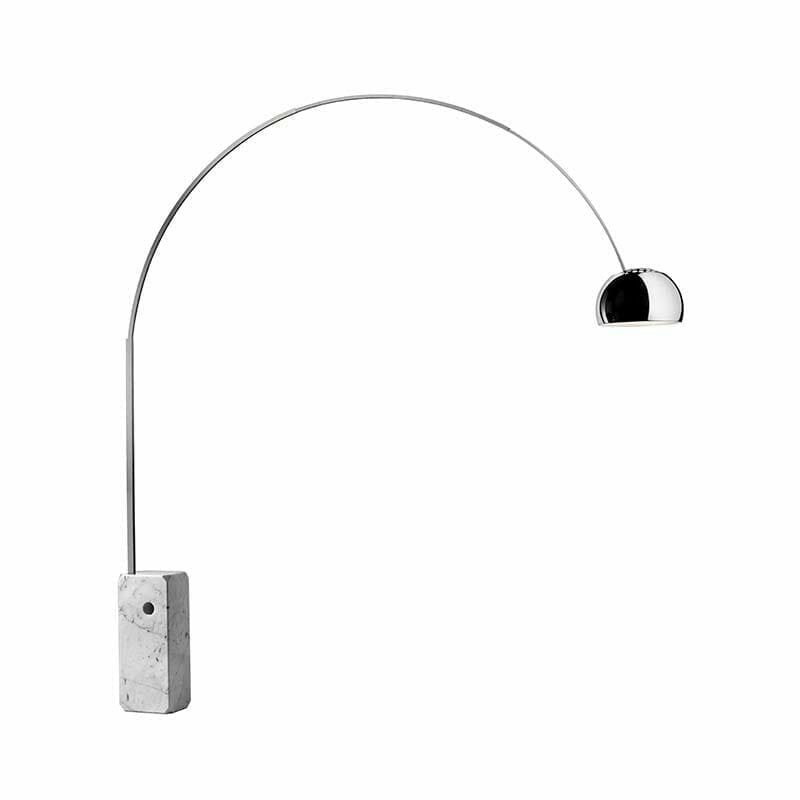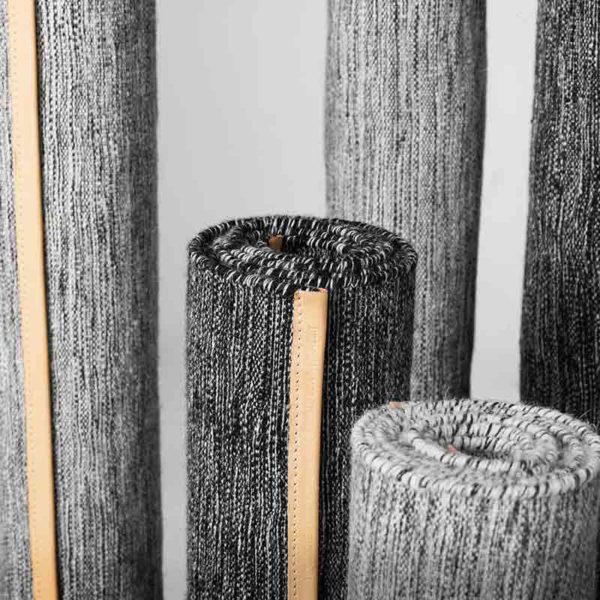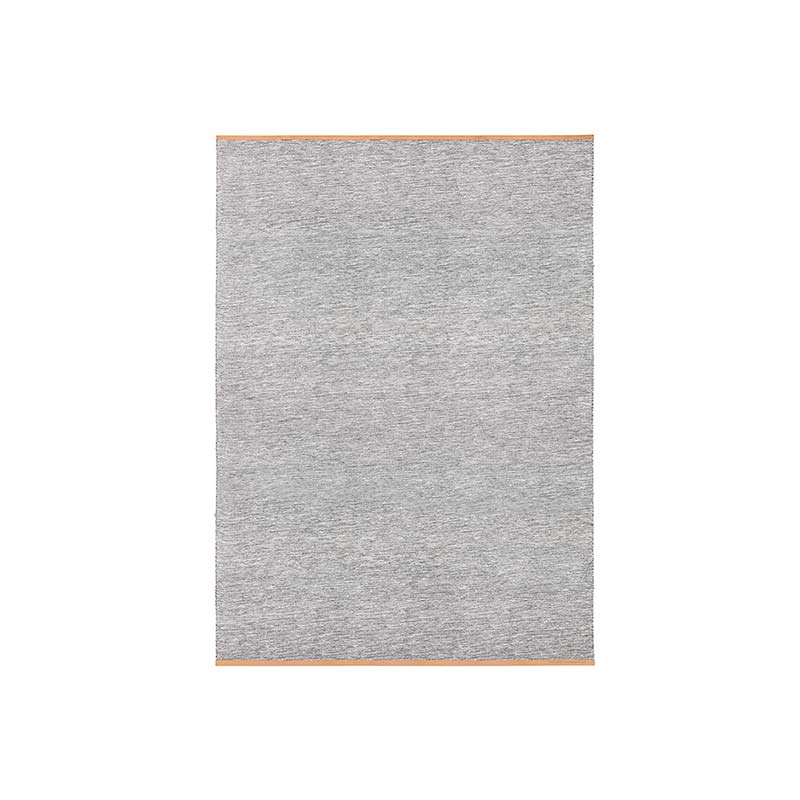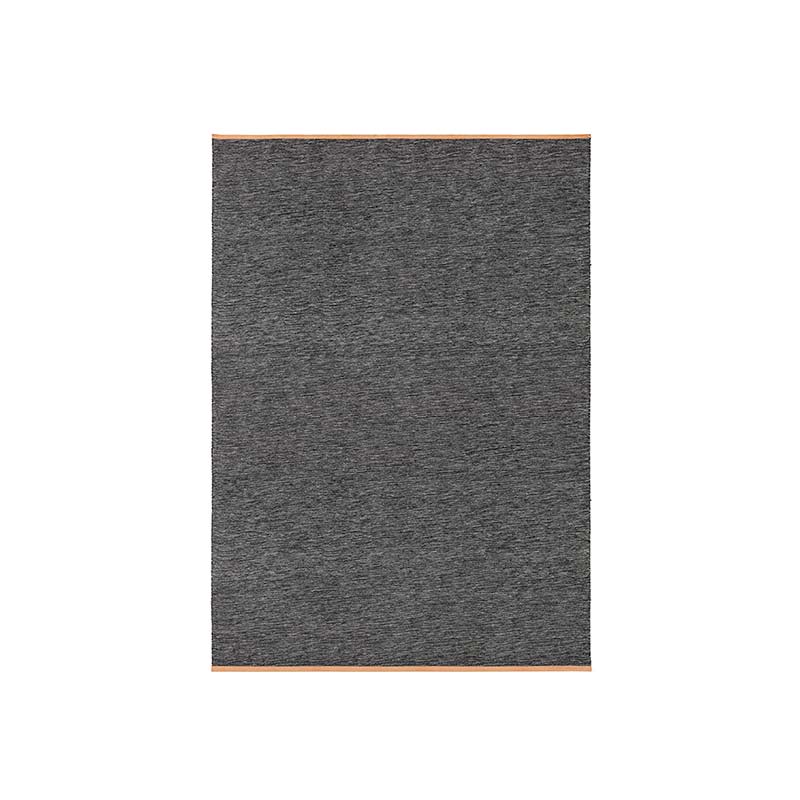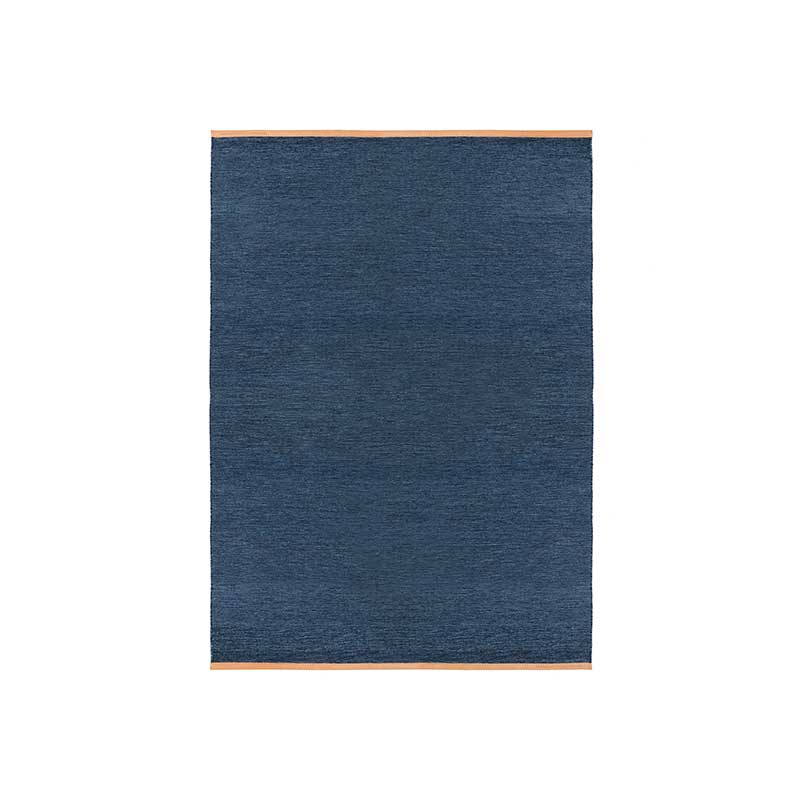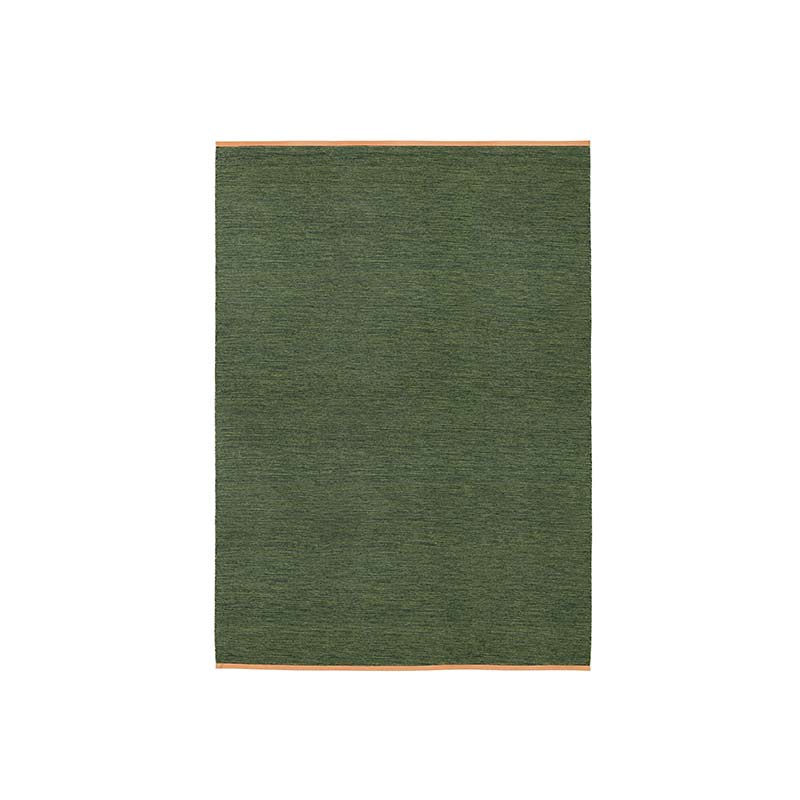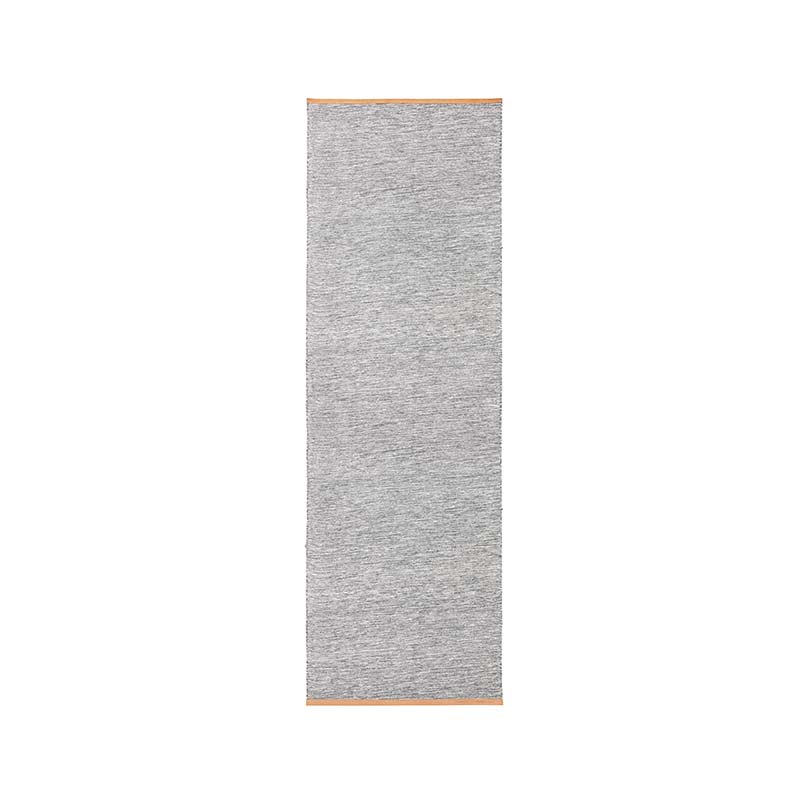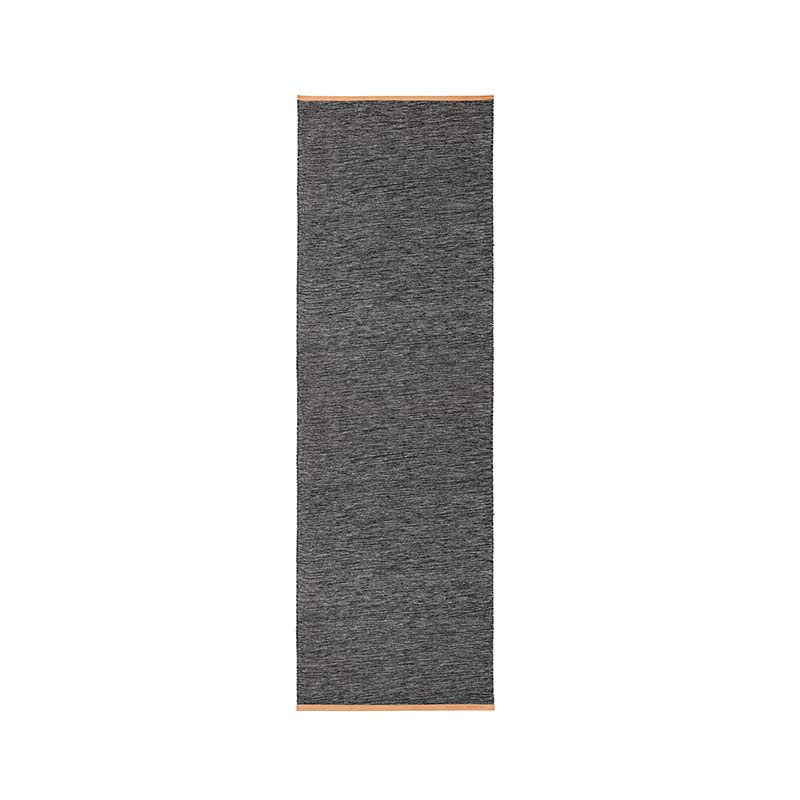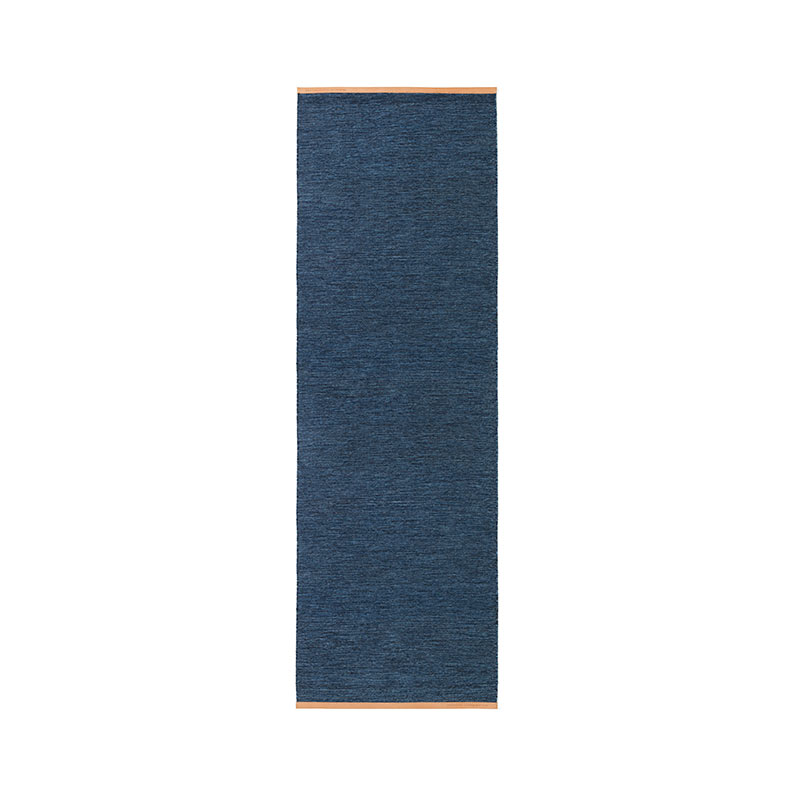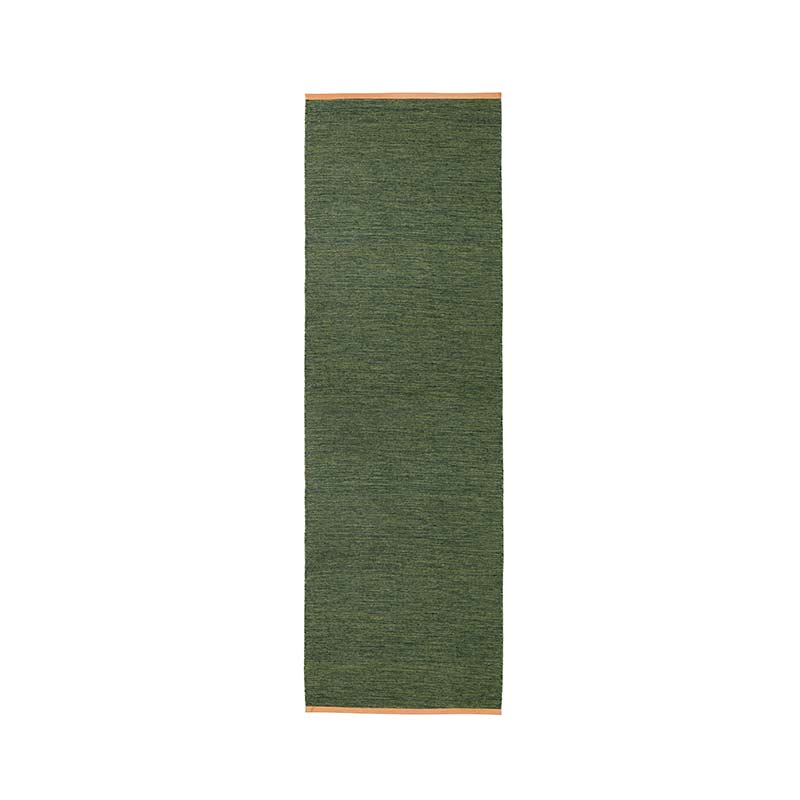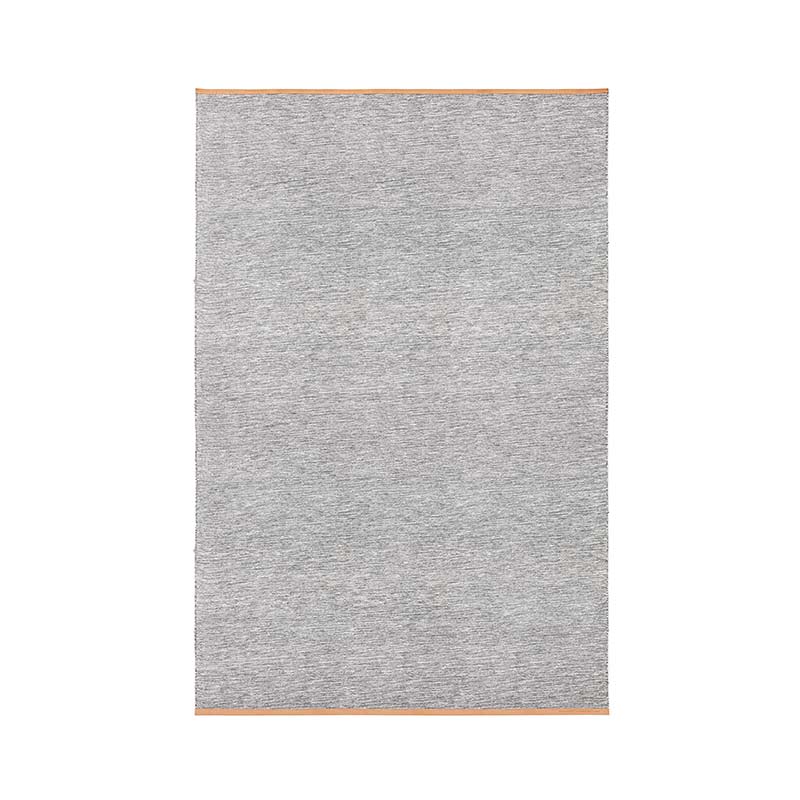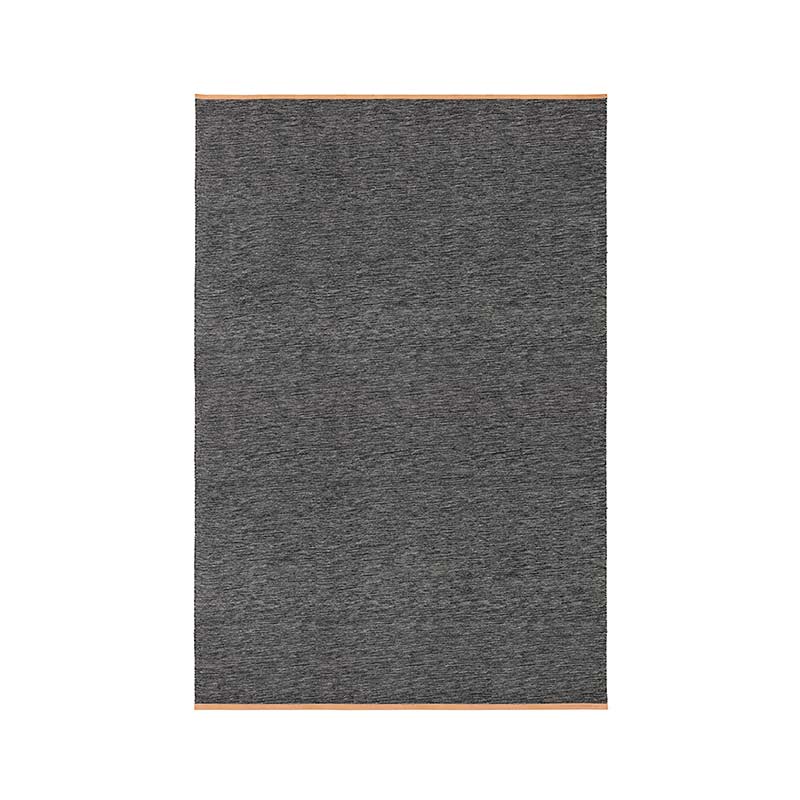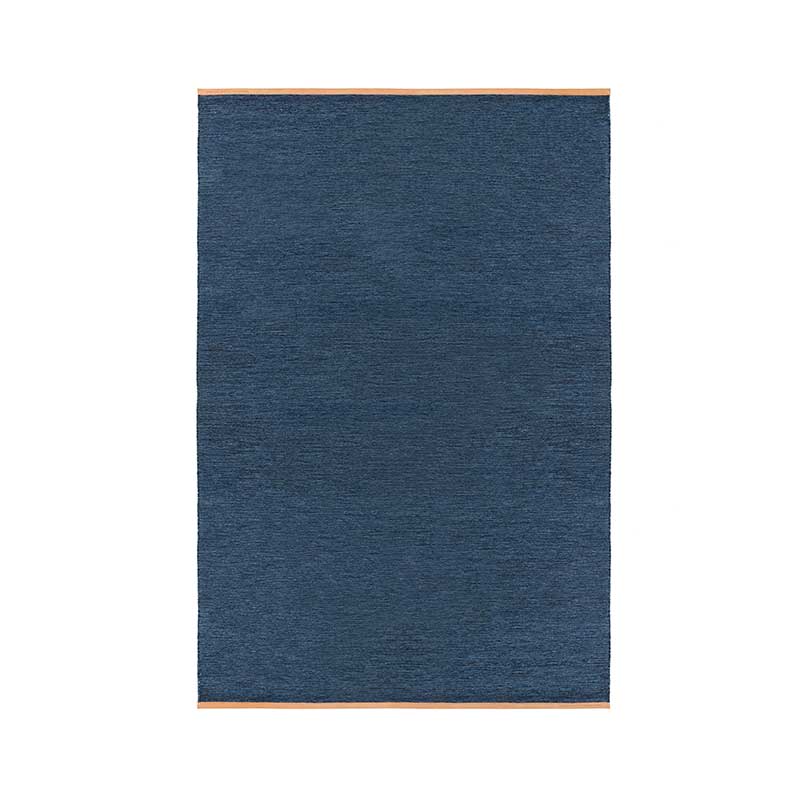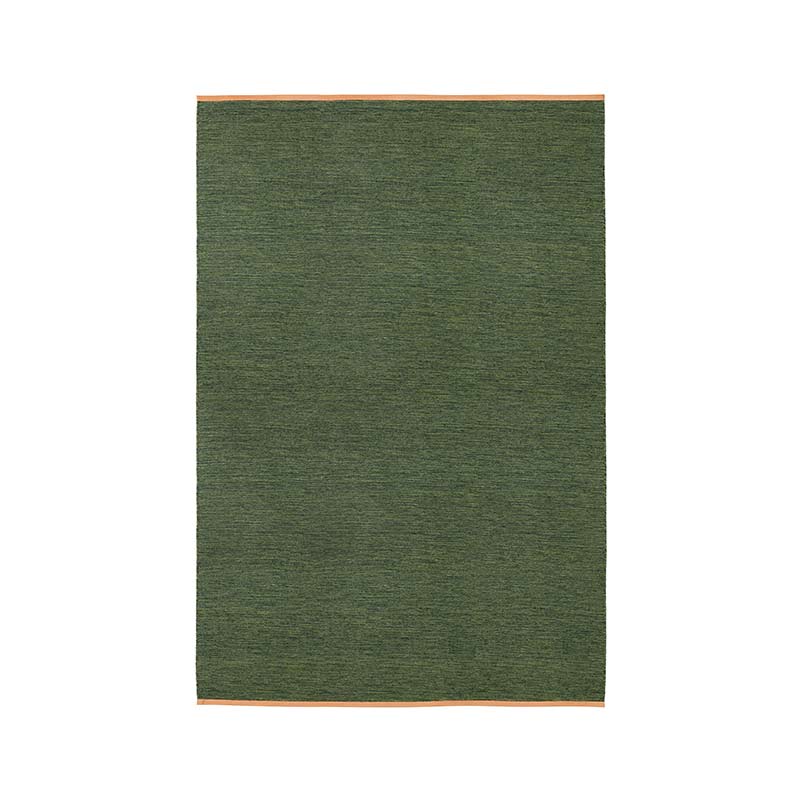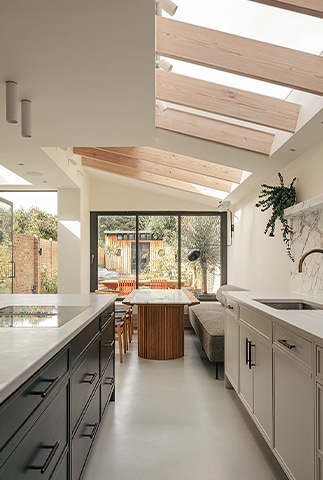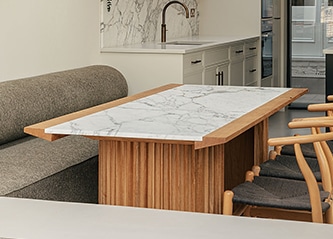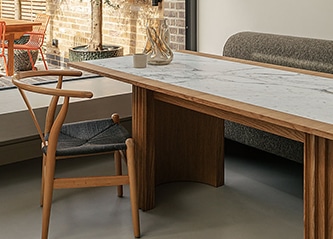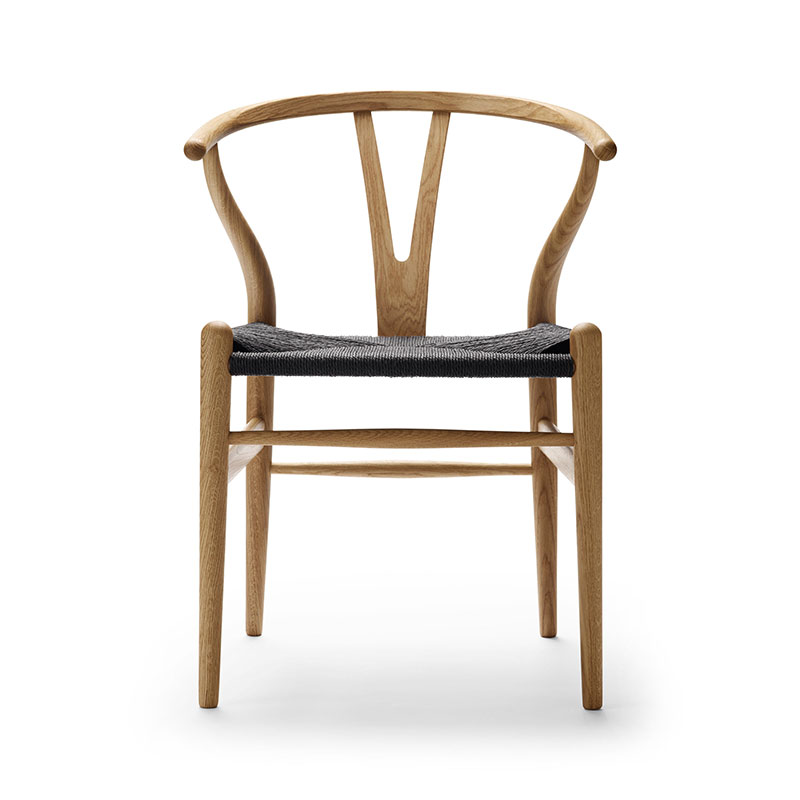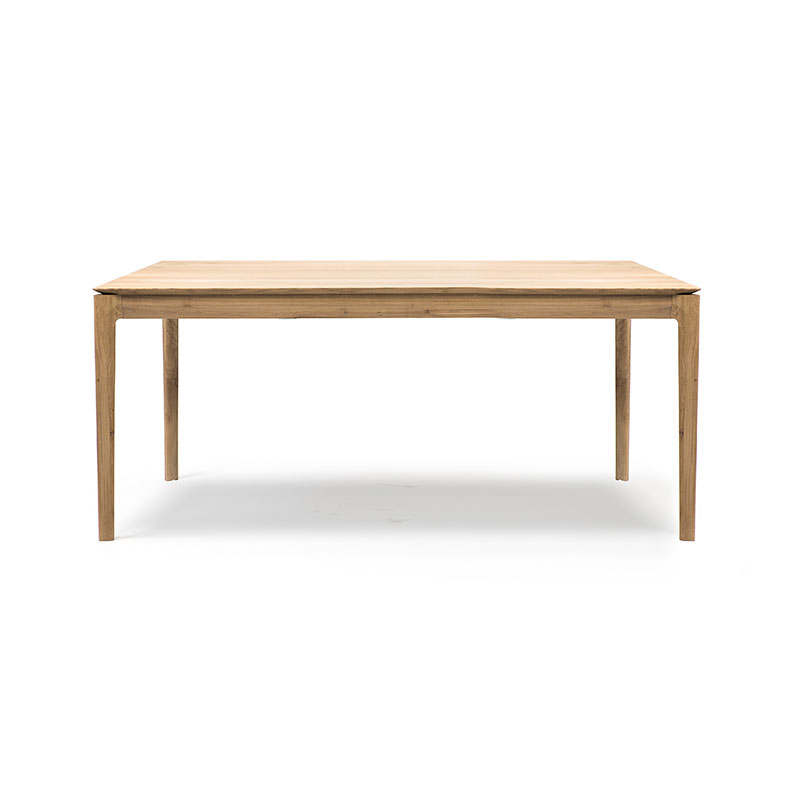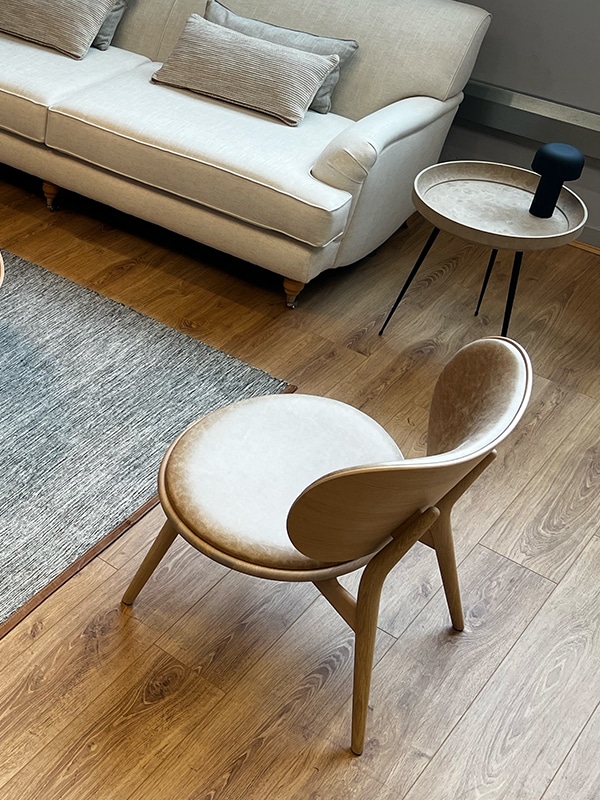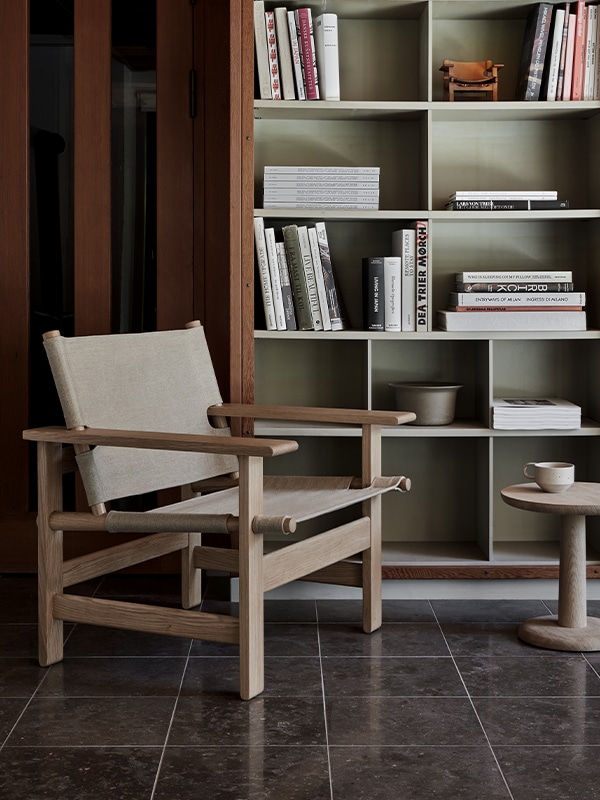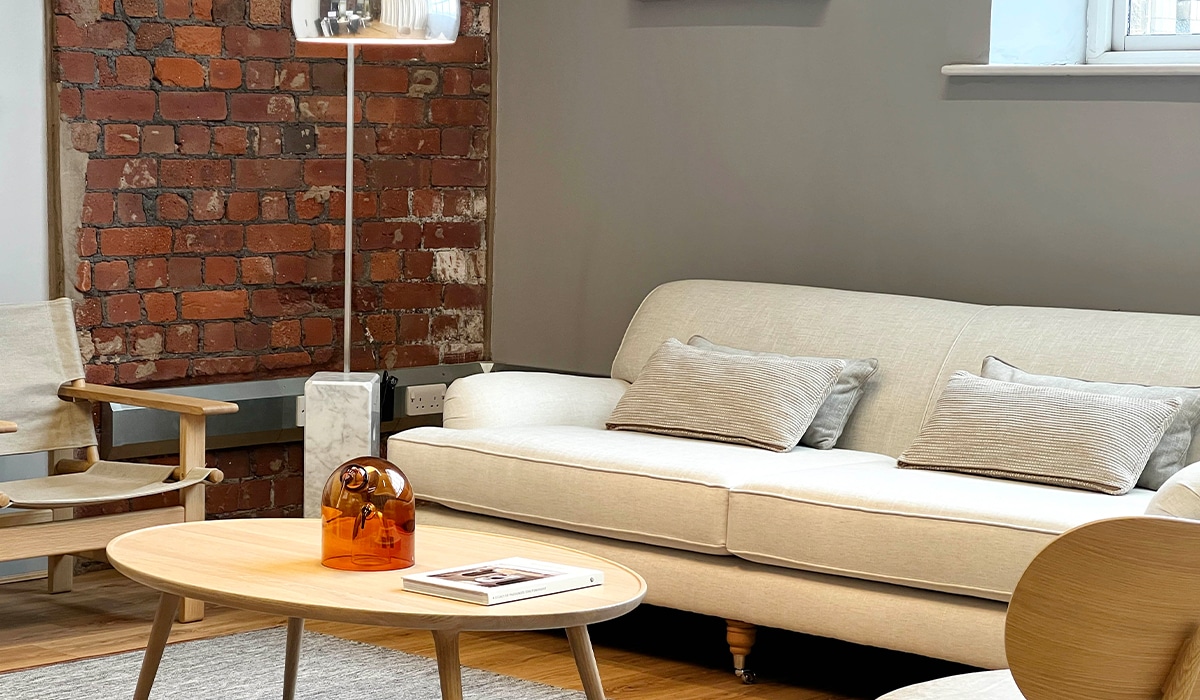
A Guide to Scandi Contemporary Style
Explore the realm of contemporary Scandinavian interior design with us! We’ll guide you through transforming your living room, kitchen, bedroom, or decor into a realm of Scandi Contemporary elegance. Join us on this journey to redefine your home with style and simplicity.
Table of contents
- What are the characteristics of Scandinavian Modernism and is it ‘Contemporary’?
- Why are Scandi and Contemporary Styles so Popular?
- The Truth Behind Scandinavian Contemporary Interior Design
- Contemporary Scandi Spaces
- Defining the Scandinavian Contemporary Aesthetic
- Scandi Contemporary and Sustainability
- Integrating Scandi Contemporary Design into Your Home
- Conclusion: The Timeless Appeal of Scandi Contemporary Design
What are the characteristics of Scandinavian Modernism and is it ‘Contemporary’?
Scandinavian modernism, is a design movement originating in the early 20th century. It is celebrated for its minimalism, functionality, and use of natural materials. It emphasises practicality and ergonomics in design. This approach often employs light, neutral colour palettes and organic materials. Wood, leather, wool, and linen are often placed at the heart of furniture and decor of this style. Scandinavian Modernism, while historical in its origins, has significantly influenced contemporary design. Particularly in its principles of minimalism, functionality, and the use of natural materials. These elements are timeless and continue to resonate in contemporary interior design too. The simple forms and light, airy spaces characteristic of Scandinavian modernism are often seen in both styles. This is why of course the two look so at home when paired. Scandi Contemporary design, is making it a lasting and influential style in the design world.
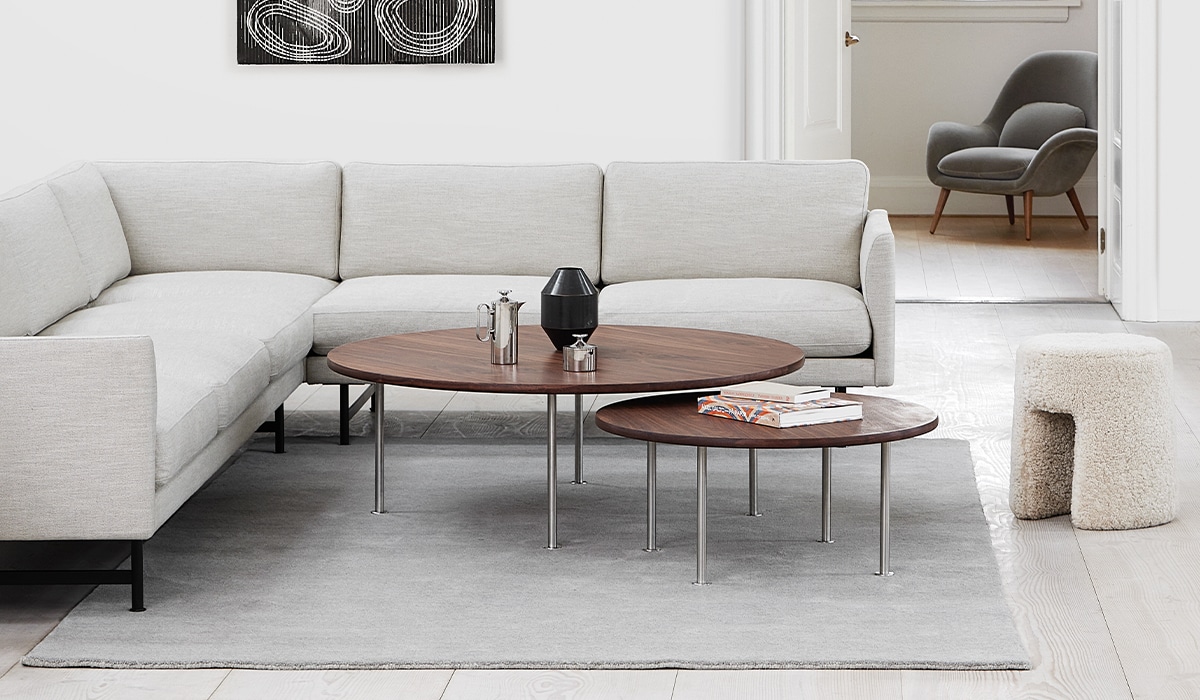
Why are Scandi and Contemporary Styles so Popular?
Scandinavian and Nordic designs have significantly influenced contemporary design. This section explores Scandinavian modernism’s characteristics and the differences between Scandi and Nordic designs.
What is the Difference Between Scandi and Nordic Design?
Scandinavian design stems from Norway, Sweden, and Denmark, while Nordic design includes these plus additional Nordic territories. Despite this, the terms often blend due to similar design principles and sociopolitical values across these regions.
What are the Characteristics of Scandinavian Contemporary?
Nordic nations share a deep connection with nature, reflected in their design ethos. Nordic designers prefer natural materials like wood and leather. Contemporary design, evolving since the 1970s, fuses various styles, creating a distinctive, trendsetting aesthetic.
Evaluating the Lasting Appeal of Scandi Contemporary Design
Is Scandi Contemporary a lasting trend or a temporary fashion? We assess the longevity of these design trends by examining their roots, differences, and potential future impacts. Understanding Scandi Contemporary design nuances is vital in the evolving design world.
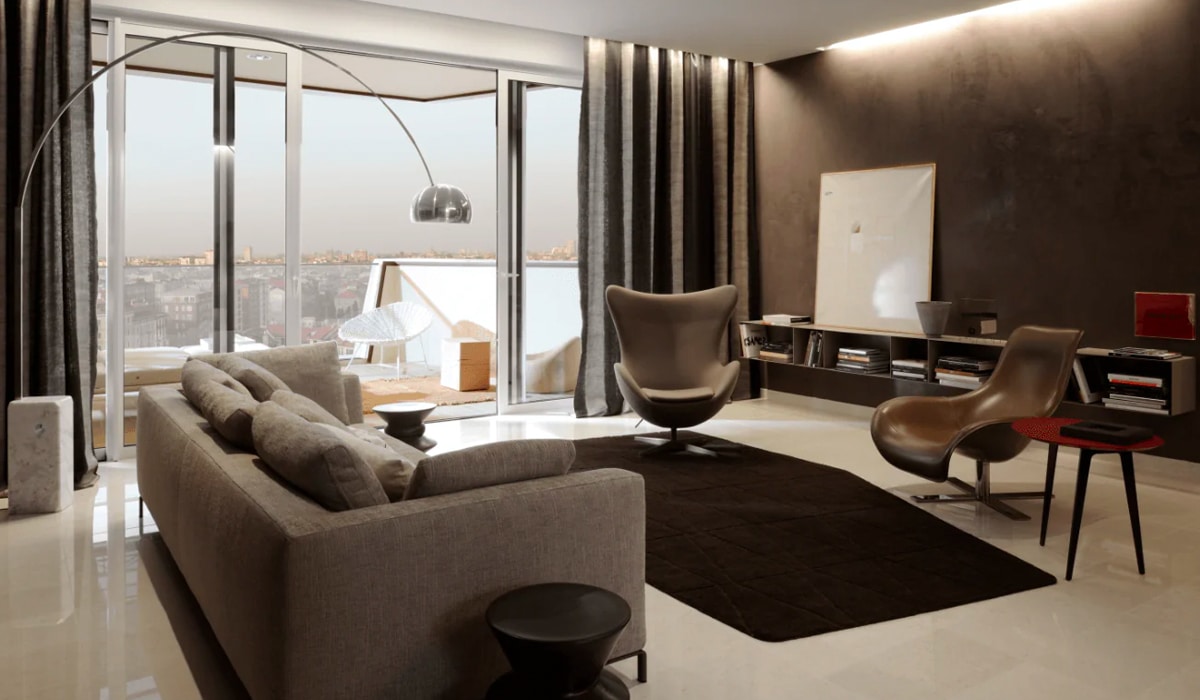
The Truth Behind Scandinavian Contemporary Interior Design
Scandinavian contemporary interior design stands at the forefront of future-thinking design. Characterised by clean lines, minimalist decoration, and embracing current trends, it represents the very essence of contemporary style.
Let’s debunk some myths and reveal the true nature of this adaptable design style.
Contemporary is Cold: Myth
One common myth about contemporary design is that it is cold and impersonal. This misconception stems from the style’s emphasis on minimalism, ‘pairing back’. Some people associate it with a lack of warmth or character. However, in reality, contemporary design can be incredibly forgiving towards a modern busy lifestyle. It often incorporates a mix of textures, materials, and subtle colours. This added detail creates spaces that are both stylish and comfortable. The use of natural elements, personalised decor, and innovative lighting adds depth and warmth too. The key of course lies in how the elements are curated and combined.
Maintenance Myths
Another myth suggests high maintenance for wood furniture. In reality, regular dusting, occasional polishing, and protection from sunlight and humidity suffice. Proper care ensures the longevity of wood furniture, countering the myth of its high maintenance.
Myths Surrounding Sustainability
The environmental impact of wood furniture is often overstated. Sustainable forestry and certifications like FSC ensure responsible sourcing. Many manufacturers now use reclaimed or recycled wood. Consequently, reducing fresh timber demand and aiding forest conservation. Many of our Contemporary Scandi brands’ manufacturing processes lie on the cutting edge of eco-conscious technology.
Challenging Common Beliefs about Wood Furniture Weight and Mobility
Modern manufacturing has led to lightweight wood furniture options that are easy to move. A furniture’s quality is not tied to it’s weight, despite common beliefs. Whilst dense, solid woods can be heavy, these parts are often the frame alone. Also, features like caster wheels or modular designs enhance furniture mobility. These allow furniture to be conveniently rearranged according to changing needs and preferences. The advances in technology and design dispel any worry that good quality contemporary furniture needs to be awkward or heavy.
Contemporary Scandi Spaces
Contemporary Scandi spaces are renowned for their harmonious blend of minimalism, functionality, and natural aesthetics. For all the reasons mentioned (emphasising clean lines, light-filled rooms, and the use of organic materials), they create serene, inviting environments). This design style is not only visually appealing but also eco-conscious and sustainable! Making it both timeless and relevant in today’s world. Such spaces offer a tranquil yet practical living experience, aligning with modern preferences for simplicity and environmental responsibility.

The Olson and Baker Showroom, Sheffield S2
Our showroom in Sheffield S2 exemplifies contemporary Scandinavian design. Here, the warm appearance of wood harmonises with modern design, offering visual and tactile delight. Set in SUM Studios a carefully restored listed landmark building in Heeley, Sheffield. This space blends Victorian architecture’s charm with a vibrant design community. Showcasing pieces like the Canvas Chair by Børge Mogensen and the Anning Two Seat Sofa, the showroom embodies the Scandi ethos of uniting beauty with practicality, featuring designs that are both timeless and innovative.
Telegraph Hill designed by Unfold Architecture, London SE14
Telegraph Hill in London SE14, masterfully designed by Unfold Architecture, is a quintessential example of Scandi-influenced design merging with Victorian elegance. Central to this project is the renovation of a kitchen and dining area, where the inclusion of the iconic CH24 Wishbone chairs and Menu Banquet Seating epitomises the Scandinavian flair for combining functionality with understated style. The space is characterised by minimal framed windows and a vaulted ceiling crafted from Douglas fir, a nod to the Scandinavian preference for natural, sustainable materials. Emphasising the abundance of natural light, the design features a unique window seat that seamlessly transforms into an external brickwork seat. Of course, this enhances the connection to the outdoor space. This architectural gem distinctly embodies contemporary Scandinavian design principles. Its thoughtful use of light, open space, and organic materials, creates an ambience of simplistic sophistication.
Exploring the Roots of Scandinavian Modernism
Understanding Scandi contemporary design requires a dive into the history of Scandinavian modernism. Originating in the early 20th century, this movement emphasised simplicity, minimalism, and functionality. Designers from the Nordic countries focused on natural material characteristics, setting the stage for today’s clean-lined, functional Scandinavian contemporary furniture.
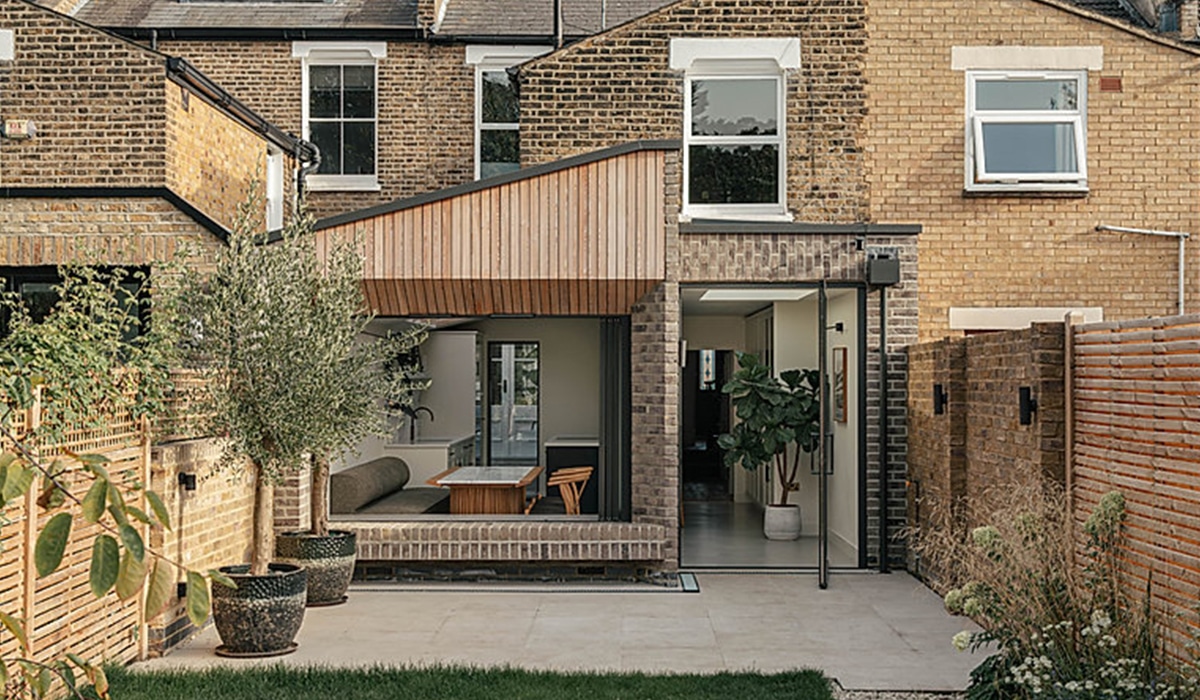
The Evolution of Minimalist and Scandinavian Design
The evolution of minimalism and Scandinavian design has deeply influenced contemporary furniture. The Scandinavian design movement, responding to industrialisation, emphasised product structure and material qualities. This evolution led to a “golden period” marked by designers like Alvar Aalto and Arne Jacobsen, whose work continues to inspire Scandi contemporary furniture with a balance of functionality and aesthetic.
Contemporary Scandinavian Design’s Impact
Scandinavian design’s impact extends into contemporary design thinking and practices. The same comparison can be drawn in a British way. The Anning Two-and-a-Half Seat Sofa by Olson and Baker illustrates the same perspective on legacy. This modern take on the classic English rolled arm sofa incorporates historic design elements with contemporary technologies. It showcases the ongoing influence of traditional design values in contemporary furniture. It represents Scandi Contemporary style’s blend of timeless elegance and modern functionality.
In the ever-evolving world of interior design, Scandinavian contemporary design stands out for its unique blend of modern aesthetics and practical functionality.
Defining the Scandinavian Contemporary Aesthetic
Scandinavian contemporary design is more than just a style; it’s a philosophy. Rooted in the ideals of simplicity, functionality, and elegance, this design aesthetic combines clean lines, natural materials, and a minimalist approach. It’s about creating spaces that are as beautiful as they are practical.
Why Scandi Contemporary Design Endures
The resilience of Scandi Contemporary in recent years lies in its ability to adapt and evolve. This design style has a unique capability to blend with other aesthetics, making it versatile and enduring. It’s not just about following trends but creating spaces that stand the test of time.
Scandi Contemporary in Everyday Spaces
Scandi Contemporary isn’t reserved for showrooms; it thrives in everyday living spaces. This furniture can transform everyday living into something extraordinary.
The Role of Color in Scandi Contemporary Design
Colour plays a pivotal role in Scandi Contemporary design. It’s not just about the stark contrasts of black and white but the subtle use of colours to create a serene and harmonious atmosphere. Soft pastels, earthy tones, and the occasional bold accent are all part of the Scandi colour palette. Neutral tones are currently on trend in a big way. Celebrated for their serene and calming qualities. Unlike bold primary colours, which command attention with their vibrancy, neutrals provide a soothing visual experience. They are especially effective in smaller spaces, creating an illusion of openness. Additionally, these subdued shades offer the versatility of layering multiple tones. They create a rich yet understated ambience, rather than focusing on a single dominant colour.
Scandi Contemporary and Sustainability
Sustainability is at the heart of Scandi Contemporary design. From the sourcing of materials to the production processes, Contemporary Scandi design philosophy emphasises environmental responsibility and long-term thinking.
Wood: A Sustainable Choice
As mentioned already, wood is a cornerstone of Scandi design, and its sustainability is a key factor. With practices like responsible forestry and the use of reclaimed materials, wood becomes an environmentally friendly choice for furniture, as seen in the Mater Accent Table and the Design House Stockholm Bjork Rug in our showroom.
Eco-Friendly Practices in Scandi Design
Scandi Contemporary design goes beyond just materials. It’s about eco-friendly practices in every aspect of production. We ensure that the furniture not only looks good but is also good for the planet.
The Future of Sustainable Design
The future of design is inherently linked to sustainability. Scandi Contemporary design is leading the way, showing how aesthetics and environmental responsibility can coexist in harmony.
Integrating Scandi Contemporary Design into Your Home
Adopting Scandi Contemporary design in your home is about more than just buying furniture. It’s about embracing a lifestyle that values simplicity, functionality, and beauty.
Start with the Basics
Begin your Scandi Contemporary journey with basic elements. Focus on clean lines, natural materials, and a neutral colour palette. This foundation sets the stage for a truly Scandinavian-inspired space.
Adding Personality to Scandi Spaces
While Scandi Contemporary design is known for its minimalism, it doesn’t equate to creating sterile or impersonal spaces. Instead, it offers a canvas for infusing personal style and warmth. Adding personality to these spaces can be achieved through various means. Textural contrasts, like combining smooth, sleek surfaces with knitted throws or plush rugs, introduce a tactile dimension. Incorporating personal items such as cherished photographs, unique artworks, or heirloom pieces adds a layer of individuality.
Functionality Meets Aesthetics
In Scandi Contemporary design, functionality is as important as aesthetics. Choose pieces that are not only beautiful but also practical, like the Design House Stockholm Bjork Rug, which adds both style and comfort to your living space.
Conclusion: The Timeless Appeal of Scandi Contemporary Design
Scandi Contemporary design is more than a trend; it’s a timeless aesthetic that continues to inspire and evolve. With its emphasis on simplicity, functionality, and sustainability, it offers a way to create spaces that are both beautiful and practical. Whether you’re revamping a single room or embracing this style throughout your home, Scandi Contemporary design offers endless possibilities to create spaces that are both inviting and stylish.
< Back to all articles
